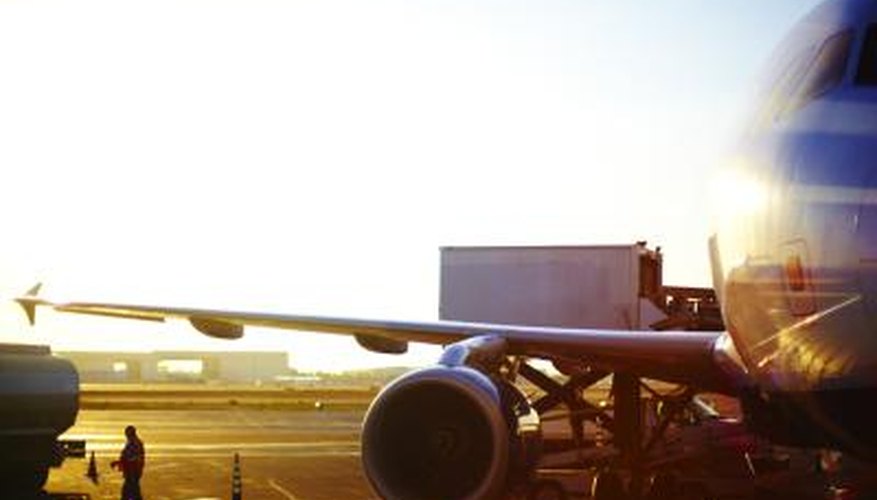Terminology used by airlines can often be confusing to people unfamiliar with the airline industry. "Flights," "flight segments" and "flight legs" can appear to mean the same thing, but do not. Understanding the differences between these terms and the significance of flight segments can help you better understand airline operations, including how to benefit from frequent flyer programs.
Definition of Flight Segment
The International Air Transport Association (IATA), the international trade body for airlines around the world, defines a flight segment as the operation of a flight with a single flight designator between the point where passengers first board an aircraft and the passengers' final destination. A flight designator includes an airline code, which has two letters or a number and a letter in combination, and a flight number of up to four digits. A flight segment can include any number of stops where passengers board and deplane the same aircraft operated by a single airline.
Comparison of Flights and Legs
A flight is defined by the IATA as the operation of one or more flight legs with the same flight designator. Unlike a flight segment, a flight may involve one or more aircraft. The IATA defines a leg as the operation of an aircraft from one scheduled departure station to its next scheduled arrival station. A flight segment can include one or more legs operated by a single aircraft with the same flight designator.
- A flight is defined by the IATA as the operation of one or more flight legs with the same flight designator.
Uses
Flight segments are used by airlines to refer to scheduled operations of one-way flights with single flight designators. In addition, segments are used by frequent flyer programs to determine mileage rewards, frequent flyer status levels, tiers and benefits.
Examples
Flight segments can include nonstop flights originating in one city and terminating in another, such as a flight from New York to London. They can also include direct flights with a stopover, for example, a flight between Toronto and Sydney with a stopover in Vancouver operated by one aircraft with a single flight designator. A segment operated by one airline and aircraft can include more than one designator. Codeshare flights, for example, may be marketed by several airlines using unique designators. To determine the segment, only the designator of the airline operating the aircraft is considered.
- Flight segments can include nonstop flights originating in one city and terminating in another, such as a flight from New York to London.
